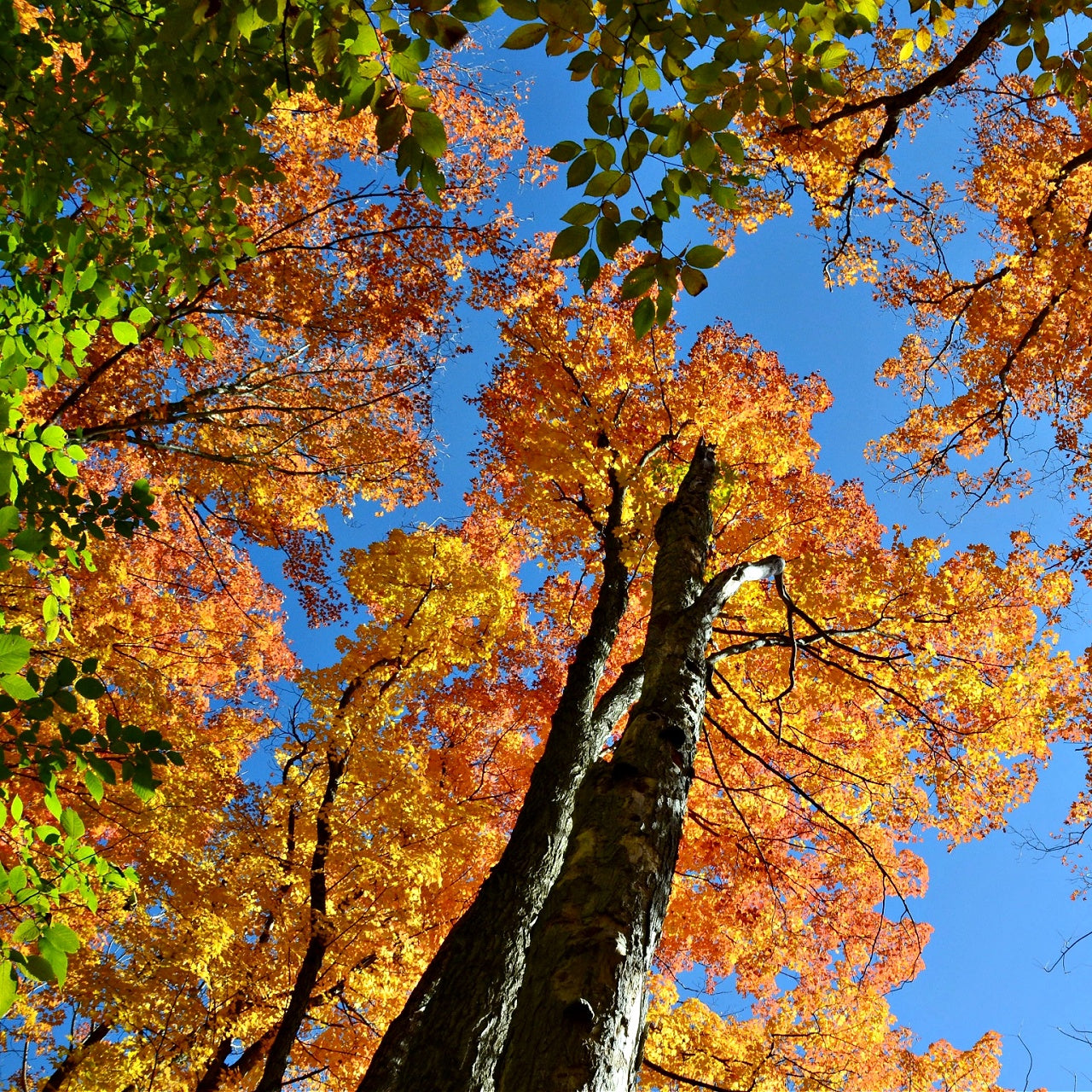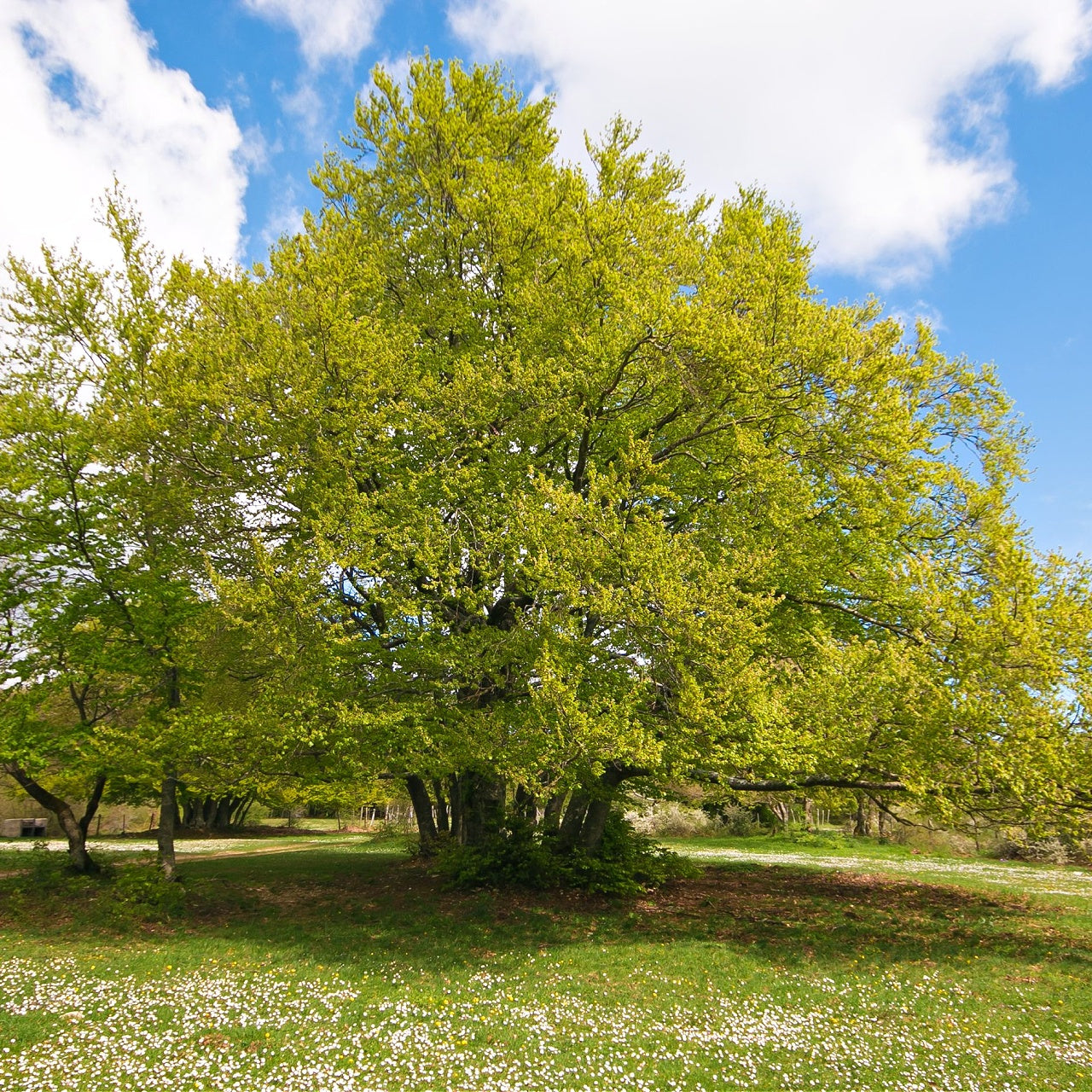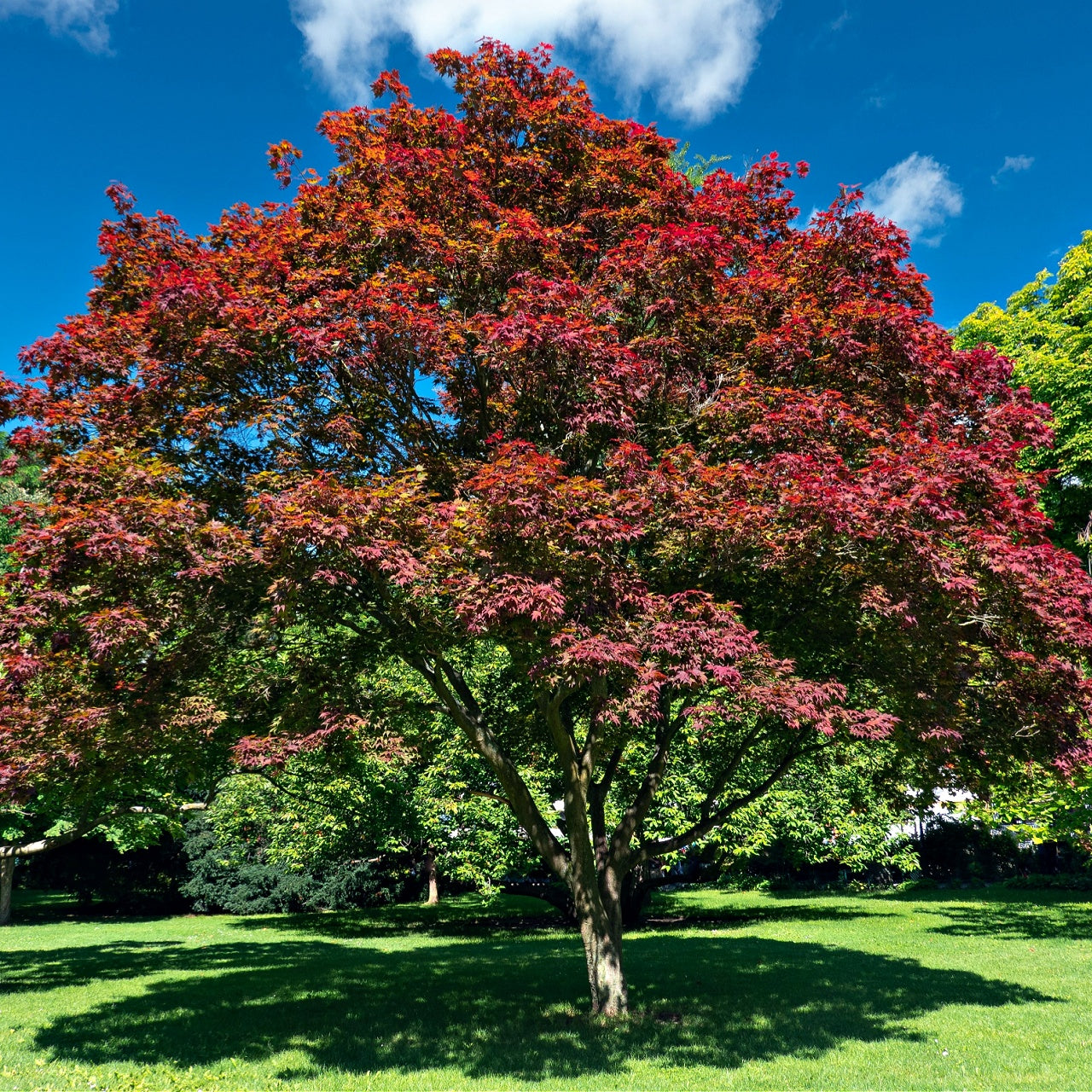
Are Hollyhocks Perennials? Understanding Their Life Cycle
Are Hollyhocks Perennials? Understanding Their Life Cycle
Are Hollyhocks Perennials or Biennials?
The question about whether hollyhocks are perennial plants has a conditional answer. Hollyhocks (Alcea rosea) typically develop through a biennial life cycle that spans two years. Hollyhocks develop a leafy rosette during their first year but produce tall flowering stalks in their second year. Certain types of hollyhocks survive as short-lived perennials which can re-sprout for two or three growing seasons when provided with appropriate care in zones 3 to 8.
Hollyhocks will provide you with spectacular flower spikes each year through self-seeding. Hollyhocks serve as eye-catching focal points along fences and barn walls or within cottage-style gardens where they deliver vertical appeal and classic charm. Ensure their perennial growth by planting them in well-drained soil with full sun exposure and applying mulch during colder seasons.
Hollyhocks stand out as the primary feature yet they work best when paired with native plants that provide texture and seasonal continuity to the landscape. We will discover native trees as well as ferns and mosses and flowers which you might want to consider adding to your landscape.
Pairing Hollyhocks with Unique Native Plants for Year-Round Appeal
A resilient layered garden requires more than just summer flowers. TN Nursery plants such as native trees and shrubs along with moss and rare flowering plants create four-season interest while delivering ecological advantages.
The Dwarf Hackberry Tree (Celtis tenuifolia) represents an ideal small native tree suitable for borders that attract pollinators as well as naturalized spaces. While its unimposing stature ensures that it won't dominate hollyhocks the tree attracts pollinators which helps sustain an ecological equilibrium.
The Leatherwood Shrub (Dirca palustris) stands out as a native shrub with bendable branches and yellow blooms that blossom at the start of spring. This plant requires little care yet thrives in partial shade conditions and possesses an attractive appearance making it an understated attractive match when planted alongside hollyhock beds.
Sheet Moss (Hypnum) produces a dense green covering suitable for shade-dappled edges and rock gardens as well as between stepping stones. Sheet Moss reaches its full potential in soil that retains moisture while forming a visual connection with ferns. This plant prevents soil erosion while providing cooler visual relief beneath taller vegetation.
The native Maidenhair Fern provides airy contrast with its graceful vase-shaped fronds, despite being commonly overlooked. This plant exhibits structural benefits in partial shade while thriving in moist soils and provides a soft feathery texture when planted next to hollyhock groupings.
Complete your native flowering plants collection with Wild Bergamot (Monarda fistulosa). Wild Bergamot stands apart from the popular Bee Balm by producing lavender-purple flowers that appeal to hummingbirds and bees while prospering in full sun conditions alongside hollyhocks.
Nurturing Hollyhocks while Promoting Native Ecosystems
Maintaining hollyhocks as healthy perennial plants requires you to concentrate on preventing diseases. Rust poses the greatest risk to these plants by damaging their leaves through fungal infection. Maintain adequate spacing between plants for airflow and eliminate overhead watering while promptly removing any infected leaves. A thick layer of mulch during autumn helps protect roots from cold temperatures and stimulates new growth in spring.
To maintain visual interest throughout all seasons when incorporating native plants, pay attention to their flowering cycles and leaf patterns. Trout Lily (Erythronium americanum) showcases its nodding yellow flowers and mottled leaves as one of the first spring blooms before hollyhocks begin their growth. The transient existence of Trout Lily ends just in time for hollyhocks to reach their peak bloom which produces a continuous seasonal flow.
Wild Columbine (Aquilegia canadensis) flowers nod with vibrant red-and-yellow colors while thriving in partially shaded areas. The plant pulls in native bees and hummingbirds while its delicate arching blossoms create a charming contrast with the strong structure of hollyhocks.
Virginia Chain Fern (Woodwardia virginica) with its deep green fronds works well in shaded garden spots because hollyhocks struggle to perform there. Combining moss with Partridge Berry (Mitchella repens) produces diverse visual interest and provides habitats in both sunny and shaded regions.
Your garden achieves ongoing appeal through the integration of hollyhocks along with native plant species. The garden becomes a durable habitat where local wildlife thrives while offering year-round visual interest alongside a connection to your region's natural cycles.
Final Thoughts
Utilizing native trees alongside mosses ferns and flowers in conjunction with hollyhocks creates sustainable gardens that maintain their appeal through both nostalgic charm and pollinator support. Combine Dwarf Hackberry with Leatherwood Shrub, Royal Fern, and Trout Lily to establish a vibrant garden that displays distinct characteristics through every season.






